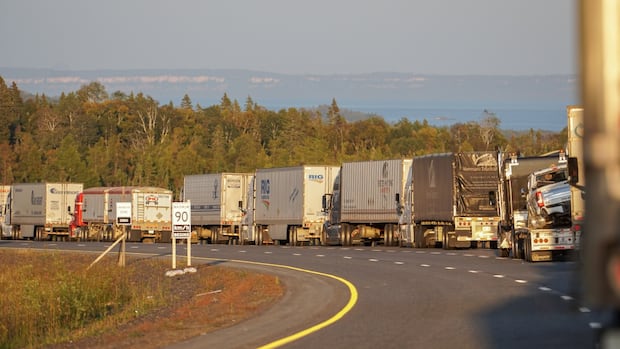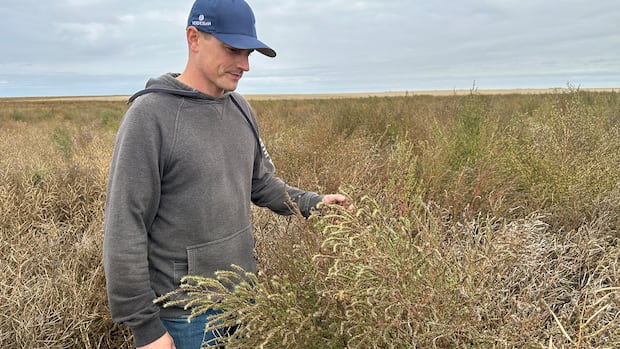Improving the Highway 11/17 corridor that runs though northern Ontario should be a national priority, an organization that represents regional municipalities said.
The Northwestern Ontario Municipal Association (NOMA) has sent a letter to Canadian Prime Minister Mark Carney and Ontario Premier Doug Ford, calling on them to prioritize “strategic investment” in the corridor.
“Important progress has been made in the Thunder Bay area, including safety improvements and highway rehabilitation,” the letter states. “However, the broader western corridor — from Kenora through Thunder Bay to Nipigon and connecting eastward toward North Bay — remains underserved and disproportionately vulnerable to closures,
collisions, and disruptions.”
“This stretch of highway is not only essential to the movement of goods and services across Canada — it is the backbone of Western Canada’s gateway to Ontario and the East. It serves as a vital lifeline for Indigenous and rural communities, resource development, national defence logistics, and emergency response.”
Rick Dumas, president of NOMA, said that if a collision or other incident closes Highway 11/17 in northern Ontario, “there’s no other alternative route.”
“The highway can be closed for many, many hours, sometimes 12, 15 hours for the investigation of a fatality or the accident scene that shuts down the commerce of Canada,” he said. “We want to make sure the government is aware of that.”
Dumas said NOMA — along with the Federation of Northern Ontario Municipalities — are calling on the government to expand the highway corridor, creating what’s called a 2+1 system.
That essentially would see the highways widened to accommodate a centre passing lane. That lane would be accessible by traffic in an alternating fashion: for example, vehicles travelling west along the corridor in northern Ontario could access the passing lane for a few kilometres, and then it would switch direction so east-travelling vehicles could pass.
A median barrier, meanwhile, would separate the traffic flows.
Dumas said the system is used in other places, including Europe, and it has proven to increase safety on highways.
Of course, Dumas said, NOMA supports four-laning the highway as much as possible, but “we understand that from Nipigon to Sault Ste Marie, we’re never going to see the widening of our highways and four-laning unless they come up with a major rebuild of the highway corridors in Canada.”
Thunder Bay-Superior North MPP Lise Vaugeois said she’s very happy to see NOMA’s proposal.
“We may not be able to get everything twinned,” she said. “The portion that is twinned … they’re doing a fantastic job on it, I think.”
However, Vaugeois noted, there are areas in the region where it would be very expensive to four-lane the highway due to geography.
“The 2+1 system … would be a really significant improvement,” she said. “These highways connect the country, they take goods across the entire country. And every time there’s an accident on those highways, everything stops. Goods can’t get through. Peoples’ lives are lost, and that needs to change.”
“Making this a national priority, I think, is exactly right.”
Thunder Bay-Atikokan MPP Kevin Holland said via email that he’s received NOMA’s letter.
“I will continue to work with NOMA and across ministries regarding transportation in Northwestern Ontario,” he stated. “Northern Ontario continues to be a vital resource for trades and the continued improvements of these highways will ensure economic prosperity and growth for all of Ontario and Canada.”
The letter itself states that the Highway 11/17 corridor between Thunder Bay and Kenora is “Ontario’s primary
eastern connection for goods and services flowing from Western Canada. This critical stretch experiences some of the province’s most challenging weather and highest freight volumes per lane. Disruptions here reverberate across national supply chains — affecting industry and commerce from coast to coast.”
Treating improvements to the corridor as a nation-building infrastructure project would also provide better access to natural resources, and advance equity for Indigenous communities, which “rely on Highways 11 and 17 for essential services, food security, and access to health care and education.”







